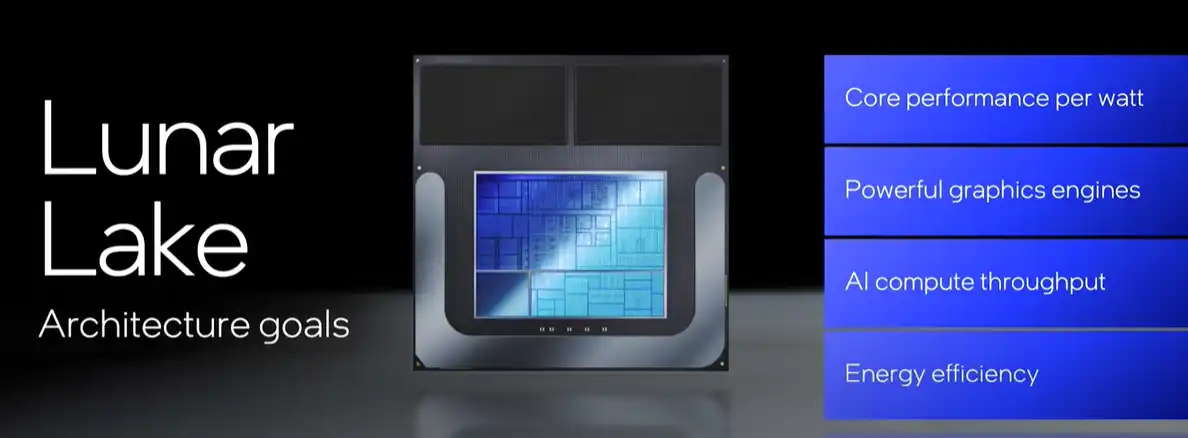Intel has officially unveiled its next-generation processors for mobile PCs, codenamed Lunar Lake, and they represent the company’s most direct challenge yet to Apple’s silicon dominance. These new chips are designed to power a new wave of AI-powered PCs, with a radical new architecture that promises huge leaps in efficiency and graphics performance. With Lunar Lake, Intel is not just aiming to compete; it’s aiming to beat Apple’s M4 chip at its own game.
Table of Contents
New Architecture: Performance and Skymont Cores
The Lunar Lake design is a major departure from Intel’s previous architectures. It features a new generation of Performance-cores (P-cores) and Efficiency-cores (E-cores), codenamed Lion Cove and Skymont, respectively. This hybrid design allows the chip to deliver both high performance for demanding tasks and incredible power efficiency for longer battery life. Early reports suggest that this new architecture provides a significant boost in instructions per clock (IPC), making it highly competitive in both single-threaded and multi-threaded workloads.
graphics with Xe2 Architecture
One of the biggest upgrades in Lunar Lake is the integrated graphics. The new chips feature Intel’s next-generation Battlemage Xe2 graphics architecture, which promises a massive 50% performance improvement over the previous generation. This integrated GPU is designed to provide enough power for smooth 1080p gaming and demanding creative tasks without the need for a discrete graphics card, a key area where Apple’s M-series chips have historically excelled.
🧠 A Powerful NPU for AI Tasks
At the heart of Lunar Lake’s design is its new Neural Processing Unit (NPU), which is designed to accelerate artificial intelligence and machine learning tasks. This powerful NPU is a critical component for the next generation of ‘AI PCs,’ allowing for efficient on-device processing of AI features built into Windows and other applications. By offloading these tasks to a dedicated NPU, the chip can perform AI workloads with much lower power consumption, which is essential for battery life in a mobile device.
More Topics
- What is Windows 11’s ‘Recall’ Feature and Why is it So Controversial?
- Why Scarlett Johansson is in a Dispute with OpenAI
- What We Know About the Rumored PS5 Pro
- What’s New with the Samsung Galaxy Z Fold 7?
- At Least 1 Dead, Multiple Injured in Explosions at U.S. Steel Plant in Pennsylvania
- Lions-Falcons Preseason Game Halted After Frightening Injury to Player
- The Mayor of Atlanta Announced That No Civilians Were Killed

